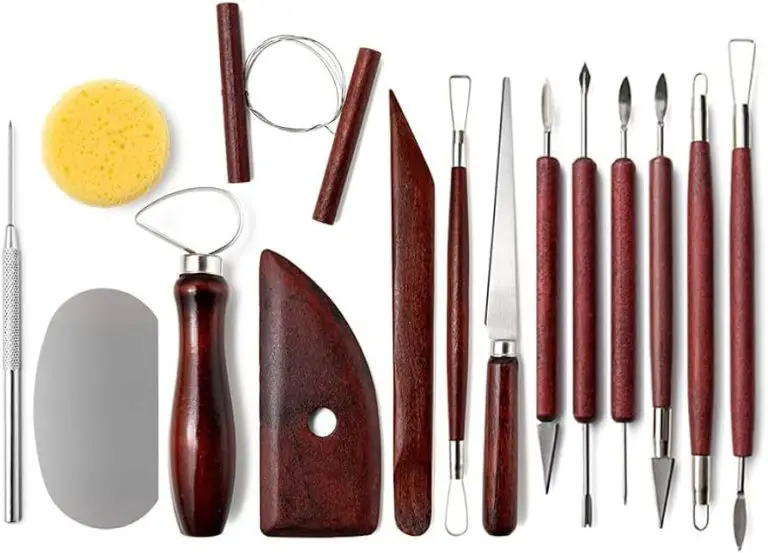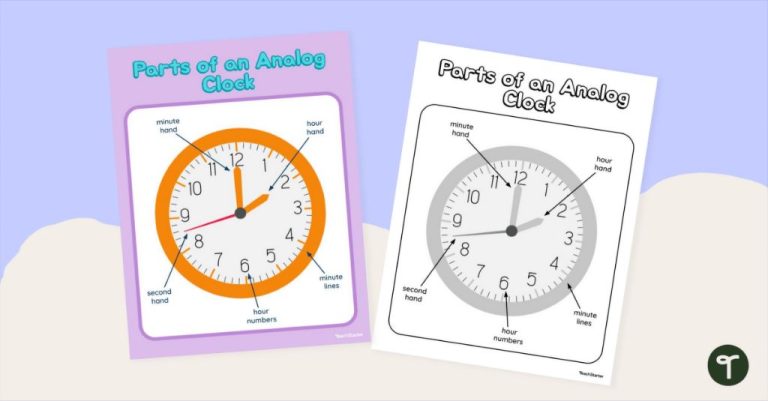How Many Mugs Should 2 People Own?
How many mugs should two people own? This is a question that many households grapple with when organizing their kitchenware. Coffee mugs seem to multiply quickly, begging the question of whether it’s necessary or practical to own so many. Determining the right number of mugs requires weighing factors like frequency of use, variety of mugs needed, storage space, potential for breakage, and personal preferences around collecting or minimalism. This article will explore considerations for determining an optimal mug count for a two person household.
Function of Mugs
The primary function of mugs is to hold and contain hot and cold beverages for drinking. Mugs are well-suited for drinking coffee, tea, hot chocolate, and other hot beverages. Their handles allow for a comfortable grip while the beverage is hot, and their ceramic construction helps retain heat. Mugs come in various sizes, typically ranging from 8 oz. to 20 oz. capacity, allowing people to customize based on their beverage drinking habits.
Mugs can also be used for drinking cold beverages like water, juice, and milk. Their durable material can withstand temperature changes, going from hot drinks to chilled drinks. Mugs with lids and seals are useful for preventing spills and retaining temperature for cold drinks. Some mugs even have built-in infusers or French press filters, optimized for steeping and drinking tea or coffee.
Overall, the ubiquitous mug’s basic functionality centers around portable, comfortable, spill-resistant drinking of both hot and cold beverages.[1][2]
Types of Mugs
There are several common types of mugs that most households own:
Coffee Mugs – These mugs are designed for drinking hot coffee. They typically hold around 12 ounces of liquid and have sturdy handles to prevent burning fingers. Their wider rim also helps prevent spills.
Tea Cups – Tea cups tend to be smaller and more delicate, often with a 6 to 8 ounce capacity. They allow tea to cool faster while retaining aromas. Their design often includes a saucer.
Travel Mugs – Insulated travel mugs have lids and are designed for portability. They keep drinks hot while on the go. Typical sizes range from 12-20 ounces.
Novelty Mugs – These fun mugs have unique shapes, colors, or decorative patterns. They can feature cartoons, clever sayings, or represent hobbies/interests. Novelty mugs are more for decoration than daily use.
Frequency of Use
In the United States, the average number of cups of coffee consumed per coffee drinker is 3.1 cups per day. According to a survey by Statista Consumer Insights, 44% of coffee drinkers have 1 cup per day, while only 11% have 5 or more cups per day. Per year, that amounts to over 900 cups per coffee drinker (Statista). Since coffee is commonly consumed in mugs, especially at home, this translates to around 900 uses of a mug per coffee drinker per year. Mug use may increase substantially if they are also used for other beverages like tea, hot chocolate, or soup.
However, coffee drinking habits can vary greatly by country. For example, Finland has the highest coffee consumption per capita in the world, with each Finn drinking over 4 cups per day on average. In contrast, consumers in China and Japan drink less than 1 cup of coffee per day on average (Wikipedia). Cultural preferences for teas and other beverages can greatly affect mug usage.
Beyond hot beverages, mugs may be utilized for drinking water, holding utensils, storing small items, and other miscellaneous purposes. The frequency depends largely on personal habits and lifestyle.
Washing and Storage
Coffee mugs should be washed after every use to prevent bacteria buildup according to How Often Should You Wash Your Coffee Cup? Washing by hand takes more effort compared to simply placing dishes in a dishwasher. The effort to handwash mugs should be considered when determining how many mugs to own.
Mugs take up a fair amount of storage space in cabinets or on open shelves. The space available for mug storage is an important factor when deciding how many mugs to keep readily available. Strategic storage solutions like mug trees, hanging racks, or stacking mugs can help maximize storage space as noted in How To Declutter Coffee Mugs.
Breakage
Mugs will eventually break from repeated use and handling over time or from accidental drops and impacts. According to a case study, ceramic mugs have around a 3.5% chance of breaking each year during regular use and washing. This amounts to an average lifespan of about 28 years before breakage occurs. However, accidents like dropping a mug can easily cause it to break long before its expected lifespan is reached.
Cracks and chips in a mug may compromise its insulating abilities or allow liquids and bacteria to collect in crevices. Small hairline cracks may also expand over time with heating and cooling cycles. So damage like this reduces a mug’s lifespan and safety. Mugs made from tempered glass are designed to shatter into small cubes rather than large shards when they spontaneously break, reducing injury risk.
To maximize mug lifespan, handle them with care and avoid impacts. However, breakage is an inevitable part of a mug’s lifecycle over decades of daily use.
Collecting Mugs
Some people enjoy collecting mugs as a hobby. Mug collecting has grown in popularity over the years. According to this article, coffee mugs have become a popular collectible item for many people as they are more than just a vessel for morning coffee.
There are several reasons why collecting mugs has appeal as a hobby:
- Mugs come in endless shapes, sizes, colors, and designs so there is great variety for collectors.
- They are relatively inexpensive to collect compared to other items.
- Special edition and souvenir mugs make great travel mementos.
- Mug collections reflect the collector’s personality and interests.
- Hunting for unique mugs at thrift stores or flea markets is enjoyable.
Mug collectors may choose to collect mugs around a certain theme, time period, brand, or design. Some collectors aim to accumulate massive mug collections numbering in the thousands.
Minimalism
Minimalism, or owning fewer possessions and living with only essential items, has become a popular lifestyle trend in recent years. According to a survey of 2,000 Americans from Engoo, nearly 60% think of their home decor as minimalist
The rise of minimalism shows people are shifting away from clutter and consumerism toward simplicity. However, ‘relaxed minimalism’ is bridging the gap between strict minimalism and maximalism, focusing on keeping only essential, functional items you love while still allowing some decor.
[Source: https://www.bbc.com/culture/article/20230127-how-to-make-your-home-minimalist-but-also-comfortable]
Recommendations
When determining the ideal number of mugs for two people, there are several factors to consider:
According to this Reddit discussion, 6 mugs per person is a reasonable amount. This allows for variety and minimizes the need to wash mugs frequently.
However, the minimalist approach would be just 1 mug per person, plus an additional 6 mugs for guests according to Home Storage Solutions 101. This reduces clutter while still accommodating some company.
For coffee enthusiasts who use mugs multiple times per day, Jason V. Holmes recommends 12 mugs total (2 per person x 2 uses per day x 3 days between washes).
Taking these perspectives into account, a reasonable recommendation for two people would be 4-8 mugs per person, plus 2-6 “guest mugs.” This provides enough variety for regular use, while minimizing storage needs and washing requirements.
Conclusion
When deciding how many mugs a household should own, there are several factors to consider such as intended usage, storage space, personal preferences for variety, and lifestyle. Based on the points discussed, here is a summary of key recommendations:
– For occasional usage, 2 mugs per person is sufficient. This allows for different styles like a basic ceramic mug and travel mug.
– Frequent coffee or tea drinkers may want 4+ mugs per person for variety and to reduce washing frequency.
– Households that entertain should have at least 6 mugs for guests. Stylish mugs make nice decorative pieces.
– Small kitchens or minimalists may be fine with just 2 total mugs. Multi-purpose mugs with lids can allow for travel.
– Mug collectors or enthusiasts may have 10+ mugs per person. Curating favorites provides joy.
The optimal number of mugs depends on individual circumstances. With some thoughtful consideration of needs and habits, most households can find the right mug quantity that suits their lifestyle.





